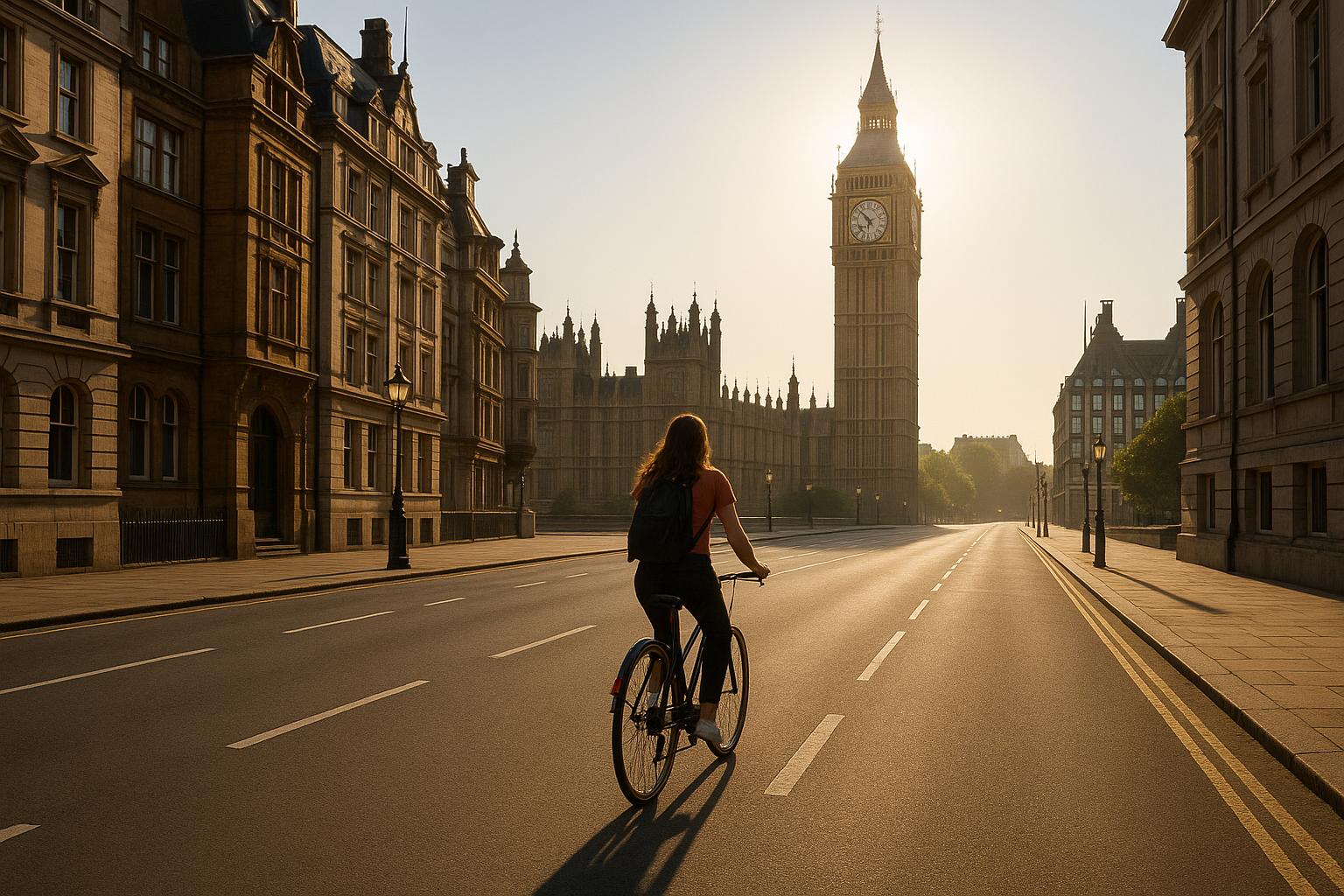London has reached a historic milestone in air quality, meeting the legal limits for nitrogen dioxide (NO₂) pollution for the first time, a feat achieved nearly 200 years earlier than initially projected. This success is credited largely to the implementation and expansion of the Ultra Low Emission Zone (ULEZ), a policy initiative championed by Mayor Sadiq Khan. Government data released in 2024 revealed the capital has finally complied with the UK’s NO₂ regulatory standards, a major step in reducing toxic air pollutants harmful to public health.
Experts at King’s College London had estimated in 2019 that if no further action was taken, it would take 193 years for London to meet these legal pollution limits. The mayor’s bold approach, which included extending the ULEZ in August 2023 to cover all London boroughs, instead saw London achieve this milestone in just nine years. Sir Sadiq Khan described this as “incredible news,” emphasising the positive impact on nearly 10 million Londoners who now breathe cleaner air, likely resulting in fewer cases of asthma, dementia, and heart disease, as well as easing pressure on the NHS.
The ULEZ operates by charging owners of older, more polluting vehicles a daily levy to reduce traffic emissions. Since its inception in 2019 and subsequent expansion, the scheme has led to a 27% reduction in toxic gas emissions, including significant decreases in particulate matter (PM2.5) and nitrogen oxides from cars and vans, according to reports from the Mayor’s office and environmental assessments. Outer London experienced a 20% reduction in particulate pollution, while nitrogen oxide emissions dropped by 13% from cars and 7% from vans compared to scenarios without the ULEZ expansion.
Despite these advances, London still faces challenges in air quality management. Analysis from monitoring sites across the city indicates that all London boroughs continue to exceed the World Health Organization (WHO) recommended NO₂ guideline of 10 micrograms per cubic metre. Moreover, multiple sites within 14 boroughs breach the UK legal limit of 40 micrograms per cubic metre, especially in areas like Merton, Brent, and Croydon. These findings suggest that although legal compliance has been reached on an annual average basis, some localised pollution hotspots persist, underscoring the need for ongoing efforts and vigilance.
Local data from places such as Waltham Forest highlight the positive impact of ULEZ on a borough level, with monitoring showing compliance with legal NO₂ limits for the first time. The expansion is estimated to have reduced pollution equivalent to removing 200,000 cars from London’s roads for a year. City Hall continues to push forward with further environmental initiatives, including electrifying the entire London bus fleet and increasing the number of electric vehicle charging points, reinforcing a commitment to long-term air quality improvements.
However, the ULEZ has faced opposition and controversy among some residents, with protests against the scheme’s enforcement and concerns about its impact on living costs. Despite this, the mayor insists that the benefits – from cleaner air to public health savings – validate the policy’s implementation and expansion. Environmental experts, including Professor Frank Kelly from Imperial College London, have praised the turnaround in London’s air quality, calling the achievement “truly remarkable” given the city’s historic pollution struggles.
As London takes this significant step forward, it remains a leading example of how urban policy interventions can accelerate public health and environmental goals, even in the face of resistance. The challenge now lies in maintaining and building upon this progress to tackle remaining pollution hotspots and ensure that every Londoner can breathe clean air.
📌 Reference Map:
- Paragraph 1 – [1], [2]
- Paragraph 2 – [1], [2], [5]
- Paragraph 3 – [4], [5]
- Paragraph 4 – [3], [1]
- Paragraph 5 – [6], [4], [1]
- Paragraph 6 – [1], [5], [1]
Source: Noah Wire Services
